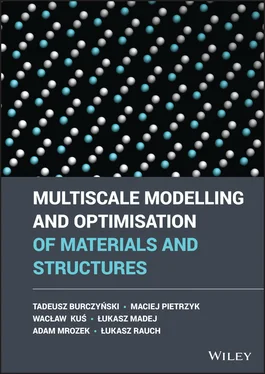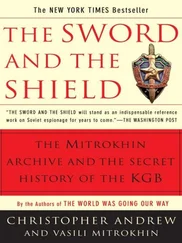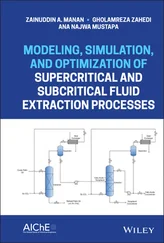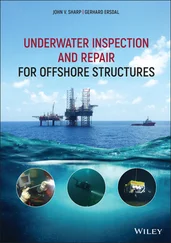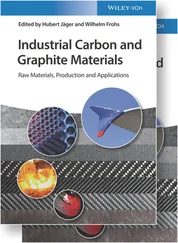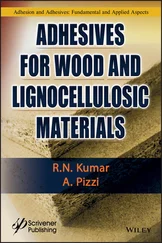The aspects of multiscale modelling mentioned previously have already been discussed in numerous publications, including several books [4, 12, 13, 15]. However, multiscale modelling still remains a difficult task, and its valid and reliable application is quite difficult. Moreover, the lack of an unambiguous definition leads to misunderstandings and mistakes. The book supplies some practical information concerning the development and application of multiscale material models, in particular in combination with optimization techniques.
As mentioned, the book is divided into three main sections. The first section is composed of Chapters 2and 3, and it is focused on discussion of phenomena occurring in materials in processing and on models used to describe these phenomena. Such phenomena as recrystallization, phase transformations, cracking, fatigue, and creep are discussed very briefly. The modelling methods are divided into two groups. The first includes computational methods for continuum such as FEM, XFEM, and BEM. Discrete methods describing microscale and nanoscale phenomena include MS as well as MD, CA, and MC approaches. Computational homogenization methods, which are used in the coupled multiscale models, are also discussed in this part of the book. Basic principles of methods of optimization are also described in this part of the book, with a particular emphasis on the methods inspired by nature.
The second section of the book is composed of Chapters 4and 5and focuses on DMR. Case studies based on DMR are presented. Applications of methods described in Chapters 2and 3to modelling various processes and phenomena are shown.
The third section of the book is connected with applications of multiscale optimization methods. Such issues as optimization of atomic clusters, material parameters optimization, shape optimization, and topological optimization are discussed. The problem of identification in multiscale modelling is also presented.
Computer implementation issues for multiscale models are recapitulated in the book. Implementation of selected algorithms concerning visualization as well as scales coupling with use of commercial software are described in Chapter 7. The part will highlight the possibilities of increasing the computational efficiency, which is especially important when optimization based on a direct problem model of multiscale nature is considered.
1 1 Allix, O. (2006). Multiscale strategy for solving industrial problems. In: III European Conference on Computational Mechanics (ed. C.A. Motasoares, J.A.C. Martins, H.C. Rodrigues, et al.), 107–126. Dordrecht: Springer.
2 2 De Borst, R. (2008). Challenges in computational materials science, multiple scales, multi‐physics and evolving discontinuities. Computational Material Science 43: 1–15.
3 3 Feyel, F. (1999). Multiscale FE2 elastoviscoplastic analysis of composite structures. Computational Materials Science 16: 344–354.
4 4 Fish, J. (2014). Practical Multiscaling. Wiley.
5 5 Horstemeyer, M.F. and Wang, P. (2003). Cradle‐to‐grave simulation‐based design incorporating multiscale microstructure‐property modeling: reinvigorating design with science. Journal of Computer‐Aided Materials Design 10: 13–34.
6 6 Kilner, J.A., Skinner, S.J., Irvine, S.J.C., and Edwards, P.P. (ed.) (2012). Functional Materials for Sustainable Energy Applications. Oxford, Cambridge, Philadelphia, New Delhi: Woodhead Publishing Ltd.
7 7 Madej, L., Wang, J., Perzynski, K., and Hodgson, P.D. (2014). Numerical modeling of dual phase microstructure behavior under deformation conditions on the basis of digital material representation. Computational Materials Science 95: 651–662.
8 8 Matlock, D.K., Krauss, G., and Speer, J.G. (2005). New microalloyed steel applications for the automotive sector. Materials Science Forum 500–501: 87–96.
9 9 Milenin, A. and Kopernik, M. (2011). Microscale analysis of strain‐stress state for TiN nanocoating of POLVAD and POLVAD_EXT. Acta of Bioengineering and Biomechanics 13: 11–19.
10 10 Muszka, K., Lopez‐Pedrosa, M., Raszka, K. et al. (2014). The impact of strain reversal on microstructure evolution and orientation relationships in Ti‐6Al‐4V with an initial alpha colony microstructure. Metallurgical and Materials Transactions A 45: 5997–6007.
11 11 Niinomi, M. (2002). Recent metallic materials for biomedical applications. Metallurgical and Materials Transactions A 33: 477–486.
12 12 Pavliotis, G. and Stuart, A. (2008). Multiscale Methods: Averaging and Homogenisation. Springer.
13 13 Weinan, E. (2011). Principles of Multiscale Modeling. Cambridge University Press.
14 14 Yanagimoto, Y., Banabic, D., Banu, M., and Madej, L. (2022). Simulation of Metal Forming – Visualization of Invisible Phenomena in the Digital Era. CIRP Annals Manufacturing Technology in press.
15 15 Yip, S. (ed.) (2005). Handbook of Materials Modeling. Dordrecht: Springer.
Конец ознакомительного фрагмента.
Текст предоставлен ООО «ЛитРес».
Прочитайте эту книгу целиком, купив полную легальную версию на ЛитРес.
Безопасно оплатить книгу можно банковской картой Visa, MasterCard, Maestro, со счета мобильного телефона, с платежного терминала, в салоне МТС или Связной, через PayPal, WebMoney, Яндекс.Деньги, QIWI Кошелек, бонусными картами или другим удобным Вам способом.
